
- Home
- Photography Tours
- Diary / Blog
- Galleries
- Foreign Trips
- Tasmania 2016
- NE Queensland 2016
- Western Alps 2016
- NE Spain 2016
- Australia's Wet Tropics 2015
- Australia's Top End 2015
- SW Australia 2015
- Switzerland 2015
- Andalucia 2015
- Belize 2015
- Australia 2014
- Switzerland 2014
- Belize 2014
- Bahama Islands 2014
- Switzerland 2013
- Ecuador 2012-2013
- Florida 2011-2012
- Vancouver Island 2011
- Australia 2010
- Peru 2008
- Bulgaria 2007
- Lesvos 2006
- California 2006
- New Zealand 2005
- Extremadura 2005
- Goa, India 2004
- The Gambia 2003
- About
Tasmania, Australia
November / December 2016
Part 6
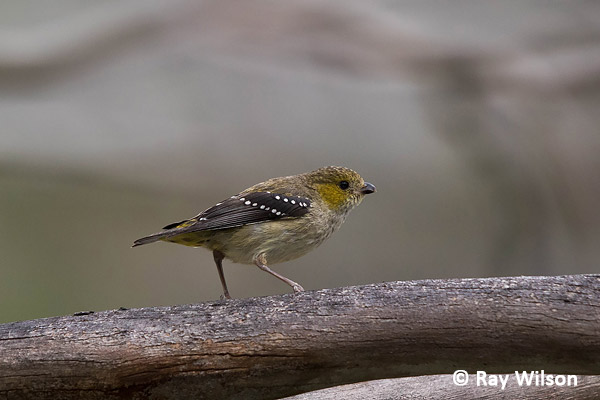
Forty-spotted Pardalote (Pardalotus quadragintus)
Forty-spotted Pardalotes are one of the hardest Tasmanian endemics to photograph well, due to its habit of usually staying in the canopy of the extremely tall White Gum trees it feeds on.
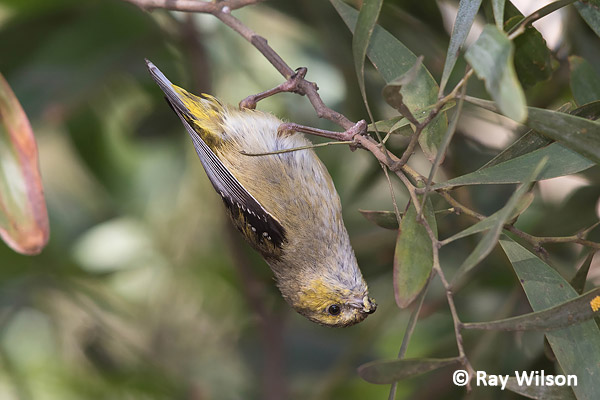
an acrobatic Forty-spotted Pardalote (Pardalotus quadragintus)
If you want to see Forty-spotted Pardalotes then the north end of Bruny Island is definitely the best place to visit. I saw them here at several roadside locations, but the best site I found was on private land that I was fortunate enough to have been generously invited onto by the landowner. On all the occasions I visited here I saw at least 20 individuals each time!
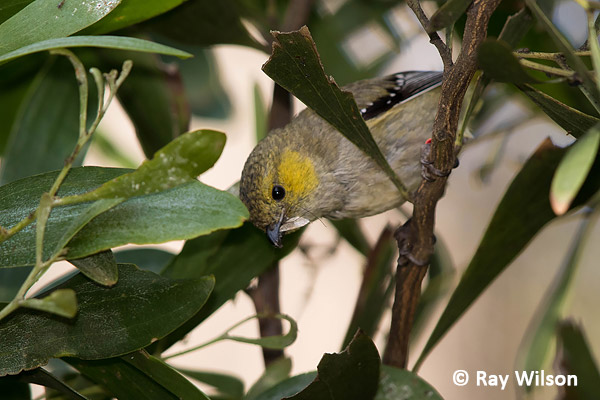
Forty-spotted Pardalote (Pardalotus quadragintus)
On one morning, several Forty-spotted Pardalotes were bathing in a small creek at the base of the valley and gave me fantastic close range, eye-level views as they preened their wet feathers and foraged for insects among the leaves.
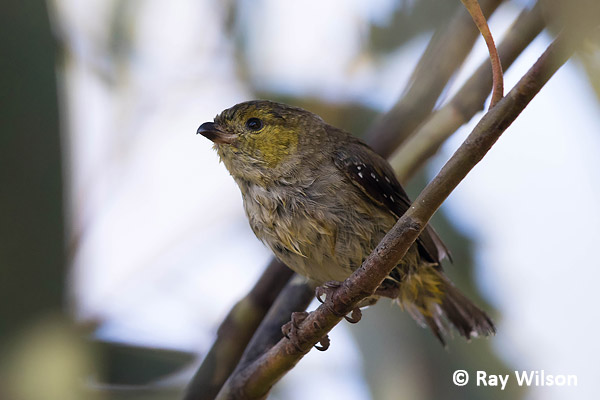
Forty-spotted Pardalote (Pardalotus quadragintus)
Dusky Robins are also common on Bruny Island and a particularly good spot to view them is at the Jetty Beach campsite in the far south of the island.
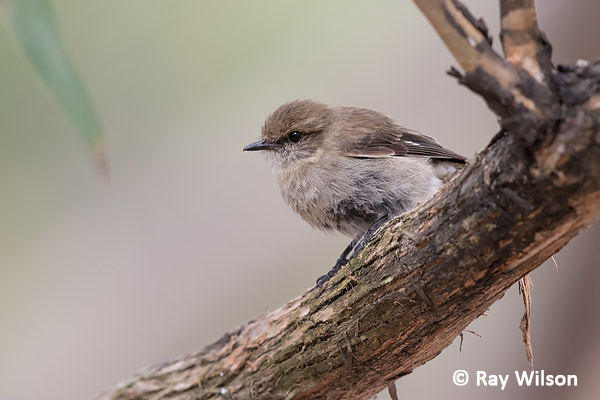
Dusky Robin (Melanodryas vittata)
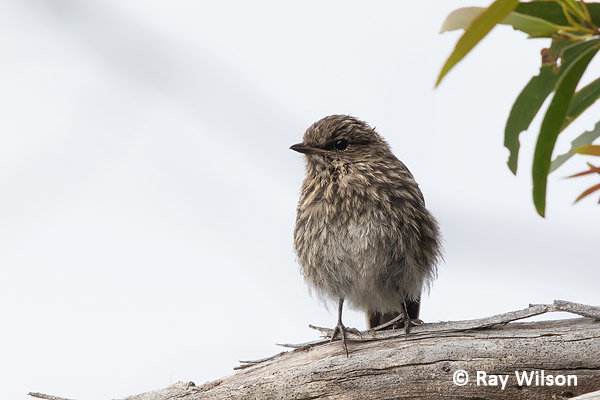
juvenile Dusky Robin (Melanodryas vittata)
The Dusky Robins were busy raising their fledglings whilst I was there and I spent about an hour photographing this fledgling as it patiently waited on its parents to return with the next tasty morsel.
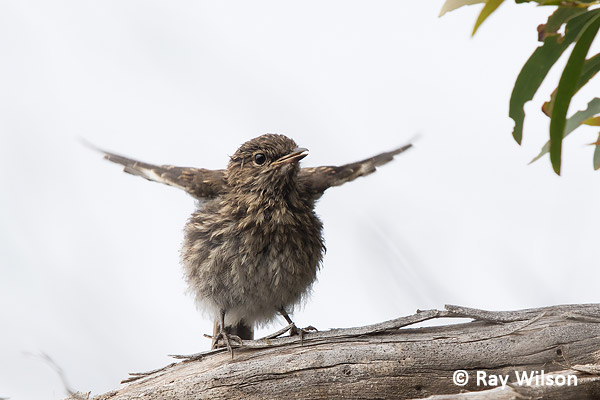
juvenile Dusky Robin (Melanodryas vittata) begging to be fed
It was always easy to tell when the parent bird was approaching as the juvenile would instantly switch into full begging mode!
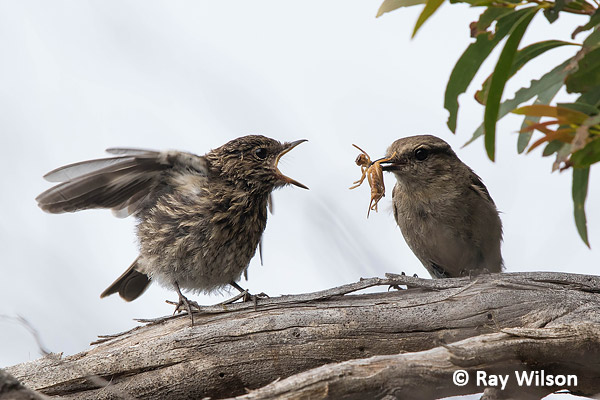
juvenile Dusky Robin (Melanodryas vittata) being fed by its parent
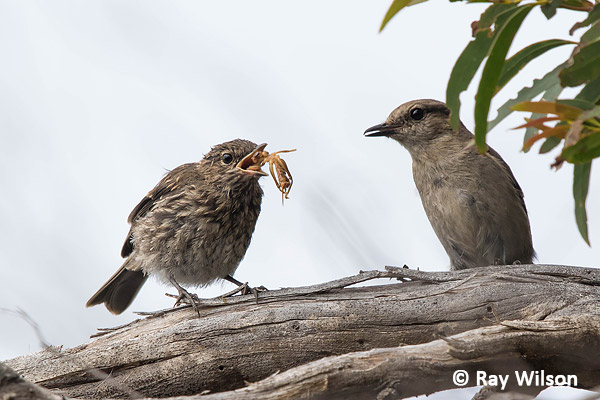
juvenile Dusky Robin (Melanodryas vittata) being fed by its parent
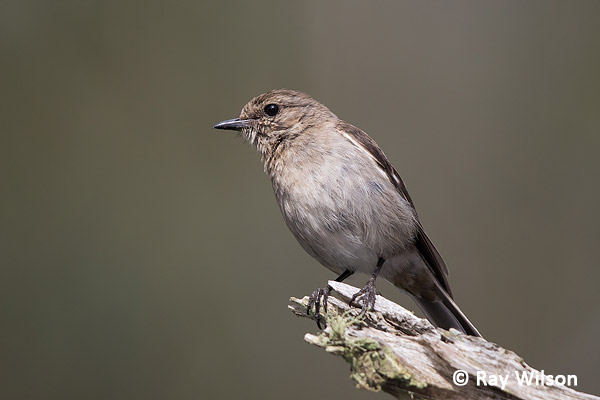
Dusky Robin (Melanodryas vittata)
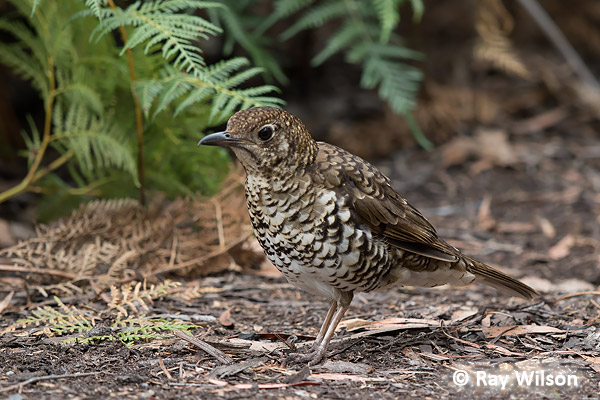
Bassian Thrush (Zoothera lunulata)
Bassian Thrushes were also common around the campsite.
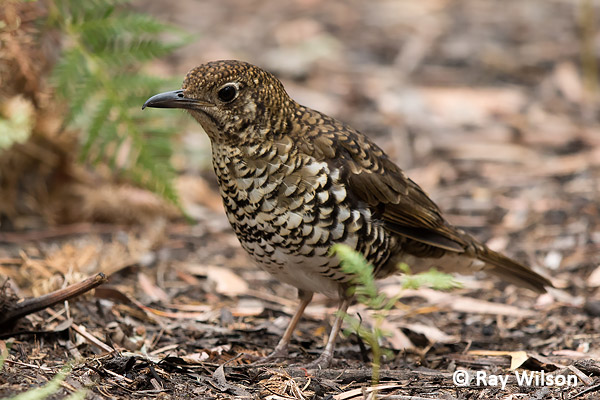
Bassian Thrush (Zoothera lunulata)
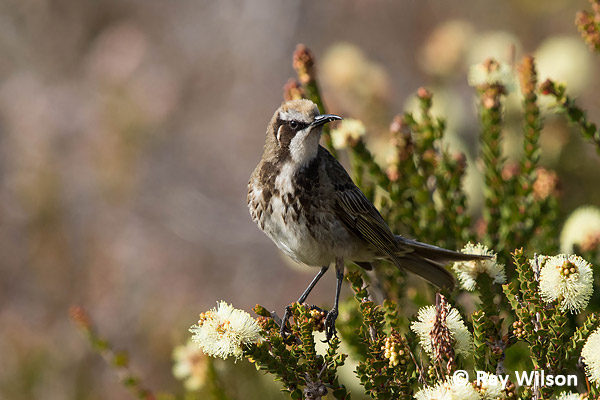
Tawny-crowned Honeyeater (Gliciphila melanops)
On the heaths along the Labillardiere track, a pair of Tawny-crowned Honeyeaters were busy nest-building and a Beautiful Firetail was living up to its name.
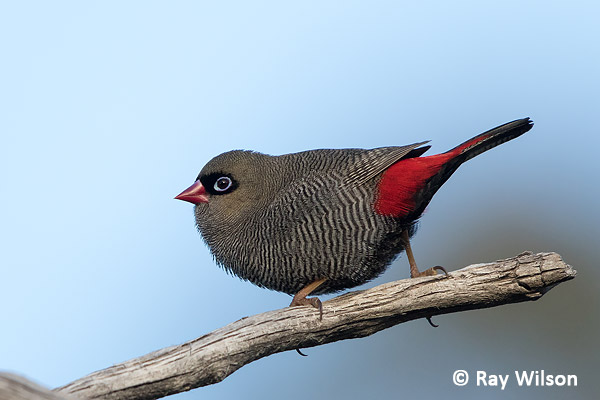
Beautiful Firetail (Stagnopleura bella)

Butterfly Flag (Diplarrena moraea) |
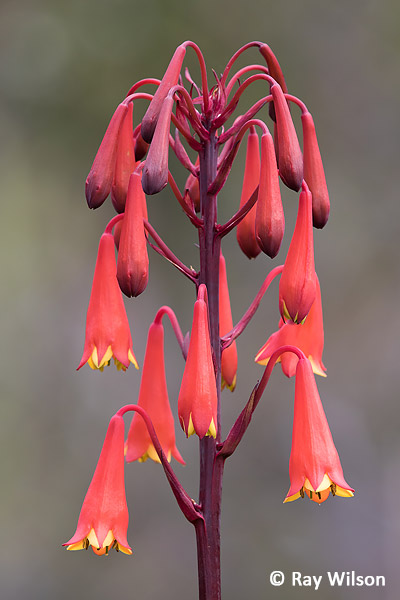
Tasmanian Christmas Bell (Blandfordia punicea) |
Quite a few wildflowers were in bloom in the heaths, including numerous examples of the spectacular Tasmanian Christmas Bell.
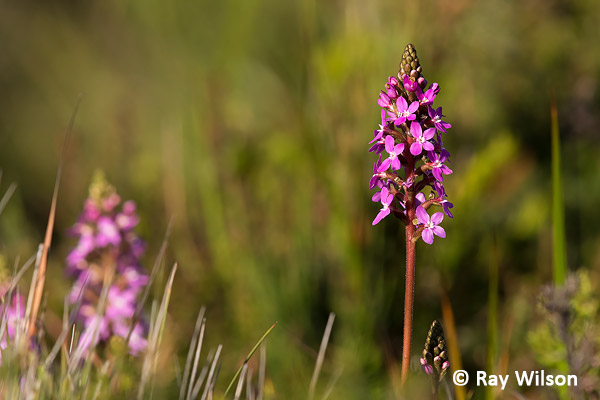
Grass Triggerplant (Stylidium graminifolium)
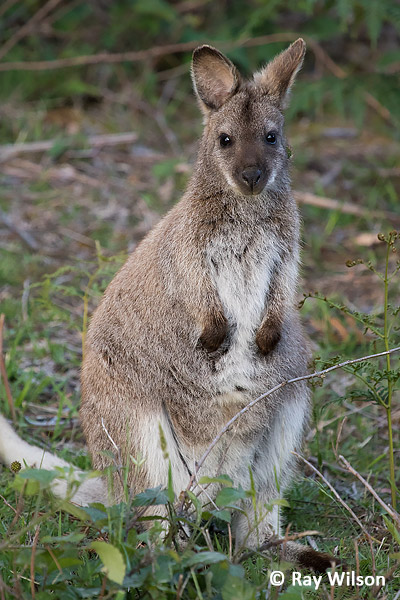 |
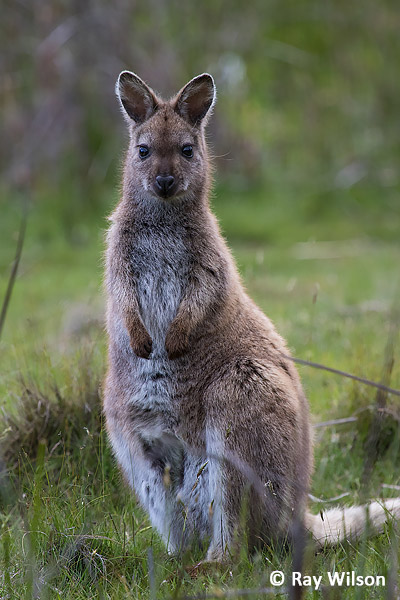 |
Bennett's Wallaby (Macropus rufogriseus rufogriseus)
Just moments after I took the photo of the dark storm clouds looming behind Cape Bruny Lighthouse, the heavens opened and the day's photography was cut short as I rushed to take shelter from the driving rain.
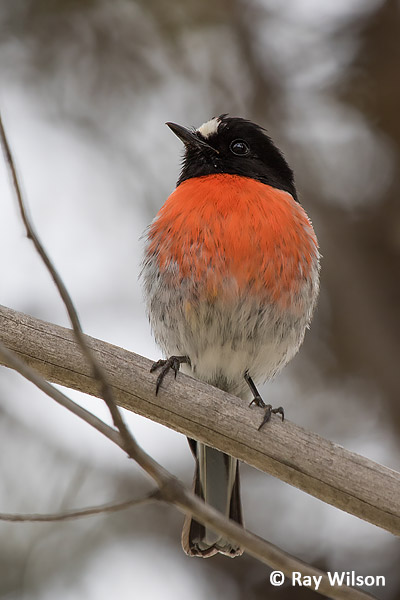
Scarlet Robin (Petroica boodang) |

Dark storm clouds looming behind Cape Bruny Lighthouse |
Ray Wilson owns the copyright of all images on this site.
They may not be used or copied in any form without prior written permission.
raywilsonphotography@googlemail.com